The Problem with the Sad Girl Aesthetic
September 3, 2023
“I’m a sad girl”. These iconic Lana Del Rey lyrics have become a rally cry for those who embrace the “sad girl aesthetic”. The craze for this aesthetic originated on Tumblr and resurged recently on Tik Tok as people have the desire to be sad for the sake of being sad. However, the “sad girl” persona has become an unhealthy glorification of mental illness. Depression, addiction and trauma are already overwhelming today’s teens and young adults. . We need to stop viewing mental illness as a quirk rather than something that can be dangerous and extremely hard to live with.
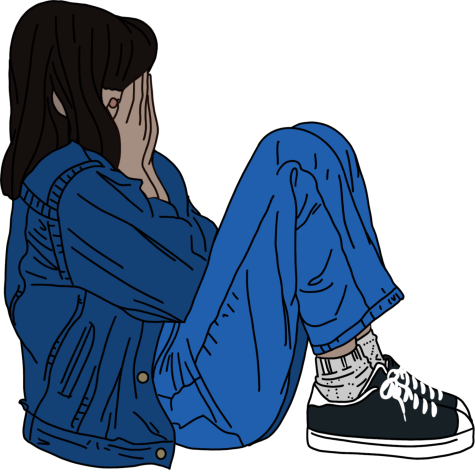
The Tumblr community marketed being sad as desirable, making someone more interesting. This aesthetic is characterized by listening to artists like Arctic Monkeys, Mitski, Lorde, Lana del Rey, etc. It also included wearing anything from American Apparel, a popular clothing brand in the 2010s. In the article written by Jessica Sun Li and published by The Dartmouth, titled “Trends: The aesthetic of female sadness has returned once again,” Google searches for sad girls reached a high in 2014 and 2015 in correlation to the peak of Tumblr. However, with Tumblr’s death in 2018, the sad girl disappeared from the internet. Then, in 2022, the hashtag “#2014Tumblr” went viral on Tik Tok and created a resurgence t of once-dead aesthetics.
Television shows also contribute to the romanticization of mental health issues. Often in TV and movies, mental illness is a device used to meet a significant other. In the first season of “American Horror Story”, Tate and Violet’s relationship was idealized across social media, further glorifying mental illness. When Tate leaves a therapy session he finds Violet attempting self-harm. Their relationship formed over their bond of family trauma. Teenagers look up to this couple despite Tate’s abusive nature and the constant trauma he has put Violet through.
As referenced in the article by Jeanette White titled “American Horror Story: How Tate and Violet became the Most Horrific Couple,” fans have used this abusive relationship to push the false narrative that mental illness is attractive. Society needs to stop viewing toxic relationships in TV and movies as romantic and desirable.
According to an article written by Isabel Dorn and published by Lawrentian, titled “Sad girl aesthetic and the romanticization of female pain,” upon Adele’s divorce, Twitter was almost enthused to hear the news, hoping for an album inspired by her grief.
Many memorable songs deal with sad topics like alcoholism, depression and abuse. In spite of this, we have confined these artists to a role they cannot grow from. Compared to happy emotions, negative emotions are perceived to be more artistic. The article brings up artists such as Lana del Rey and Lorde, who grew to fame for these tragic personas. However, when they transitioned to happy music, both met extreme criticism from fans.
As referenced in the article written by Evan McKenna and titled “From Lana to Lorde: Why the Internet hates the ‘sad girl gone glad,’” upon Lorde’s release of Solar Panel, she received tweets like: “2013 Lorde would have hated 2021 Lorde”; “All of these happy lyrics are so corny”; “I liked her better when she was depressed.” Overall her album received low ratings as it was uncharacteristically happy compared to her other work.
Tik Tok users have probably come across Booktok: a book lover’s community. Booktok has recently joined this sad girl trend recommending plenty of books with sad girl protagonists while playing a Phoebe Bridgers song in the background. In an article written by Laurann Herrington and titled “‘Sad Girl’ Books Can Be Racist”, the term “Girl Interrupted” is explored. The term, which comes from the 1993 memoir, “Girl Interrupted”, refers to being different and internally tortured.
Although this was not the intent of author Susanna Kaysen.
“What had spurred me to write was rage and a desire to dissect this world,”she said. “And that didn’t seem to register for a lot of these people.”
Another staple in the sad girl reading list is the book “My Year of Rest and Relaxation”. It’s about an Ivy League graduate gradually increasing her dose of prescription medication to go into hibernation for a year. When we put this sad girl label on a book we undermine its true message, instead romanticizing the beautiful protagonists wanting to identify with their pain.
Sad art, for many individuals, can make them feel less alone. Many find beauty in expressing emotions in hard times. Sad girl art can also bring forth issues as a society we are not addressing seriously. These artists shouldn’t be responsible for how their consumers view their art, for many it’s a way to express and work through complex emotions they have dealt with. That is why as a society we should also appreciate their work instead of solely romanticizing it to the point where we strive to be sad. The consumers are responsible for romanticizing the artist’s pain in order to be perceived as cool. Although sad art should be appreciated, happiness should also be appreciated and seen as beautiful instead romanticize being a happy girl.
As for Lincoln Southeast High School, the majority of students are active across a variety of social media platforms. Across all of these, we can experience content promoting sad girl culture. While sad art should be appreciated we shouldn’t be glorifying it because we want to experience the same misery. Beware of the content you consume and how it affects a person and instead reprogram your mind to appreciate happiness as well. Society has created this depiction of the “sad girl” which has become an unhealthy glorification of mental illness to be seen as cool or romantic. Seek out education on mental illness and truly understand its effects before seeking it out due to the image society portrays on impressionable teens.


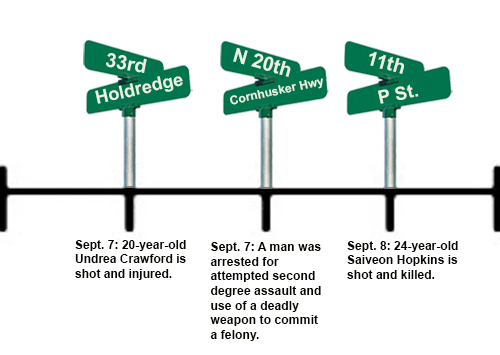
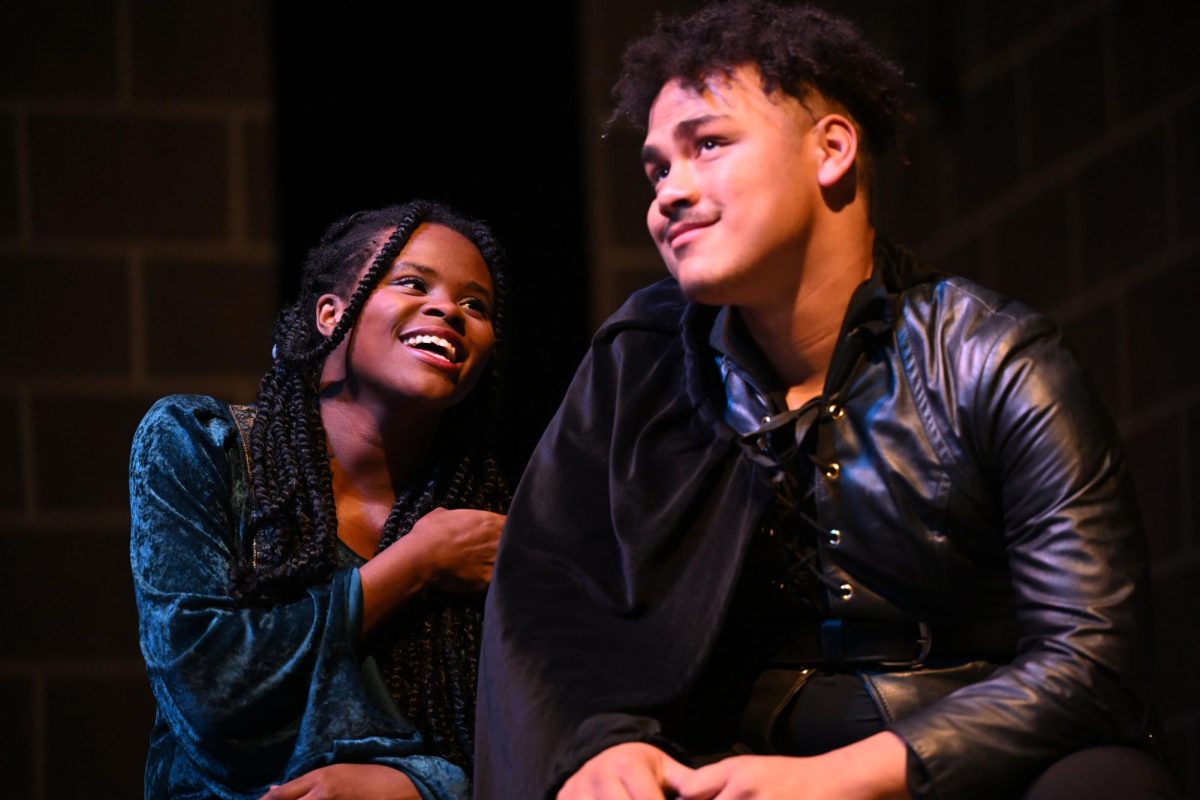


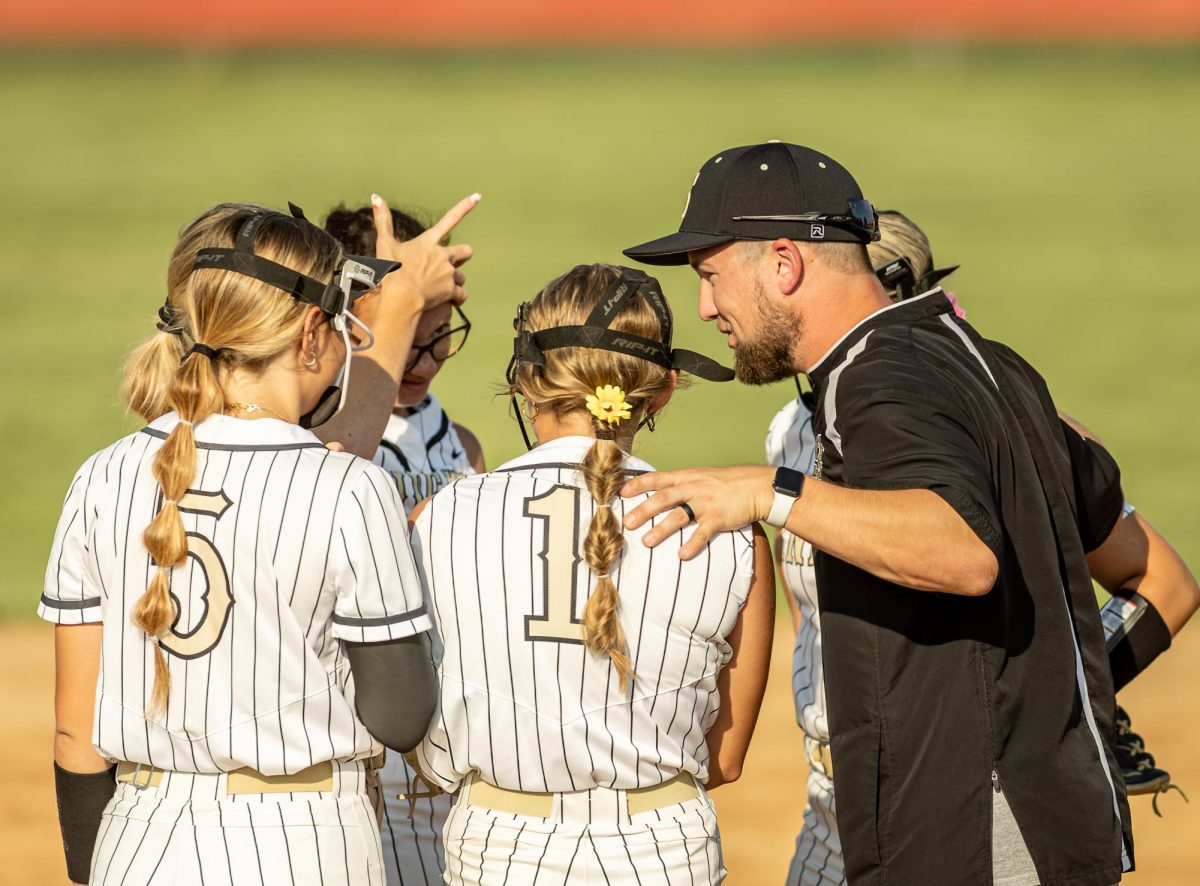
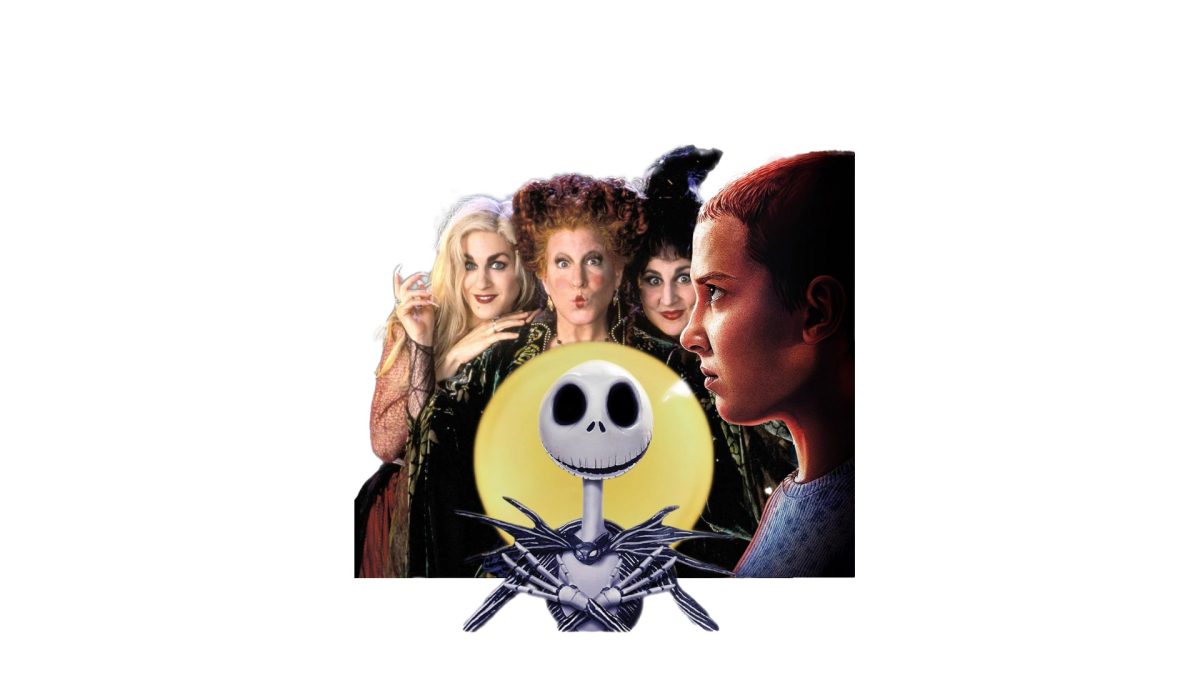
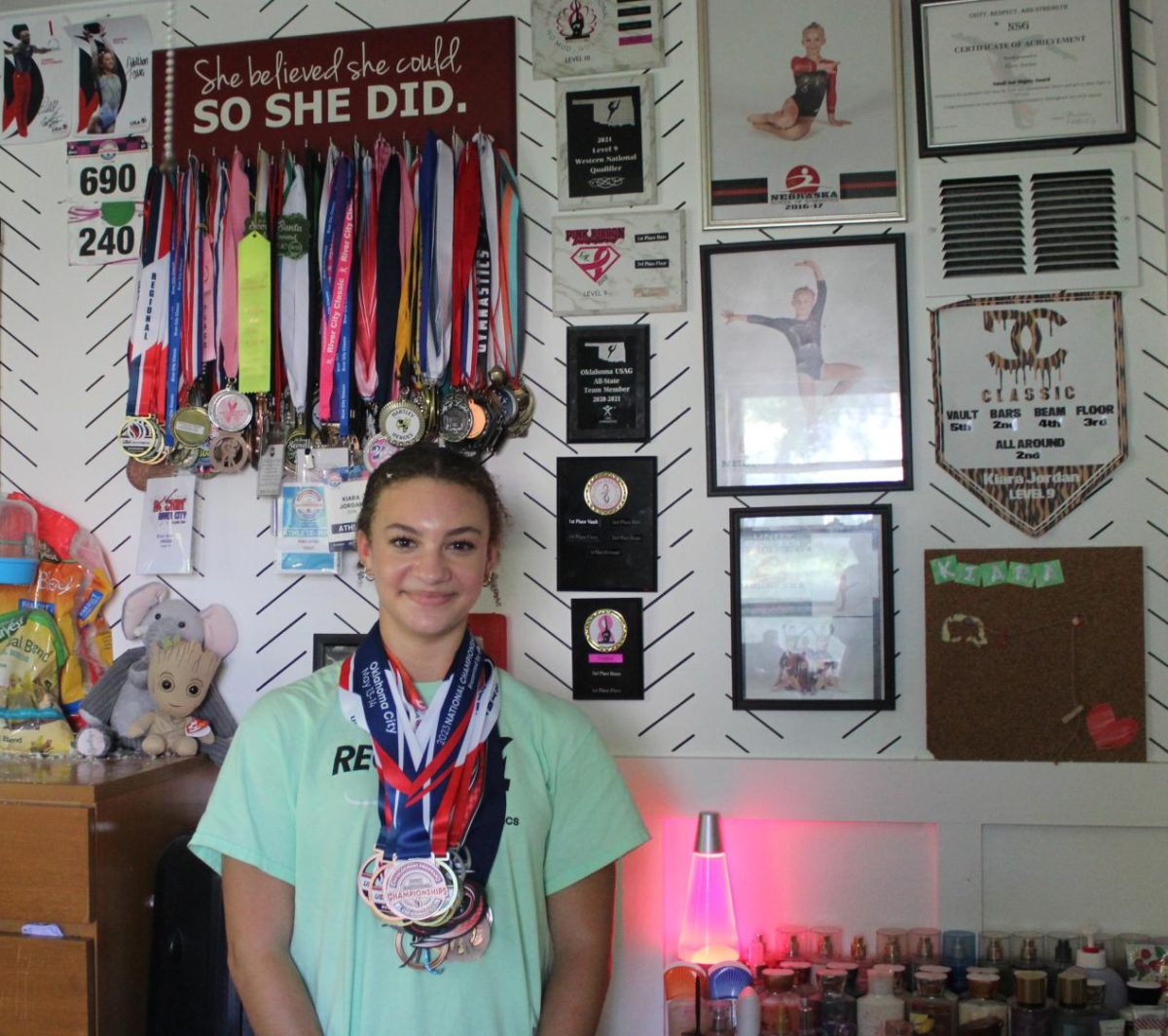

Claudia Gambles • Apr 30, 2024 at 1:53 PM
Hi Lily,
I’m currently a third year student writing about the sad girl aesthetic for my dissertation – so this article was perfect for me and my research.
Very well written. Thank you!
– Claudia 🙂